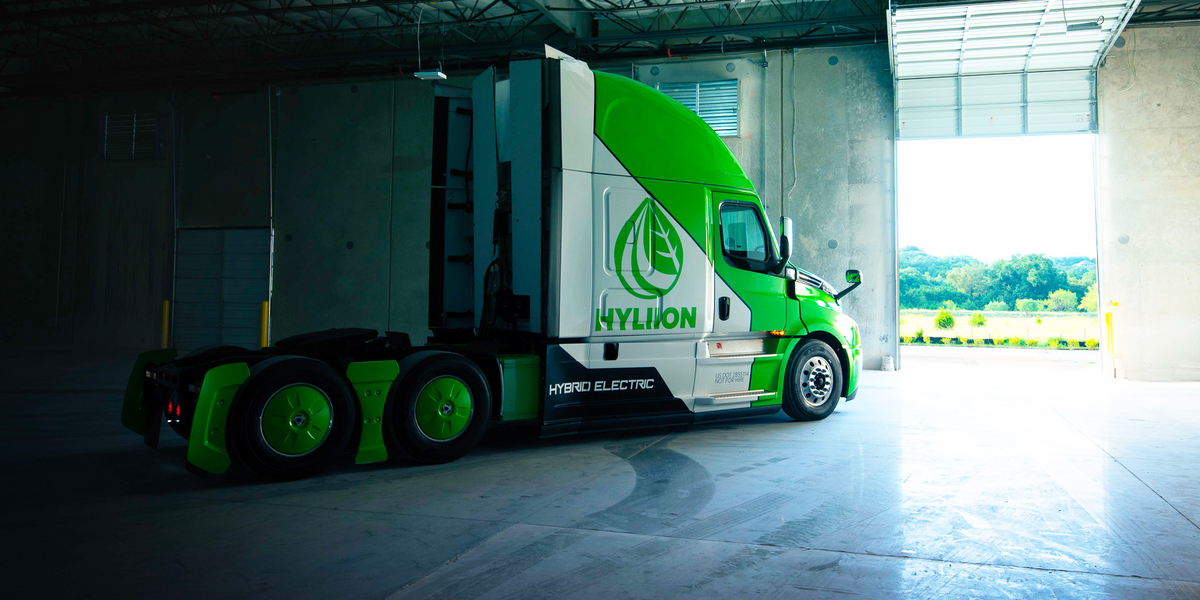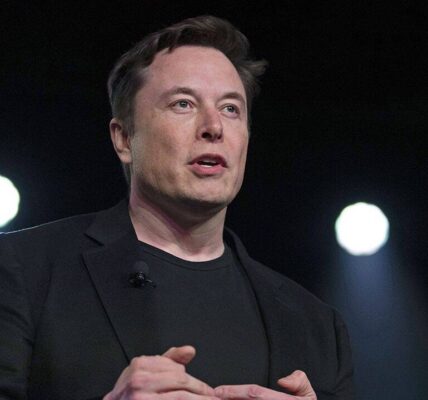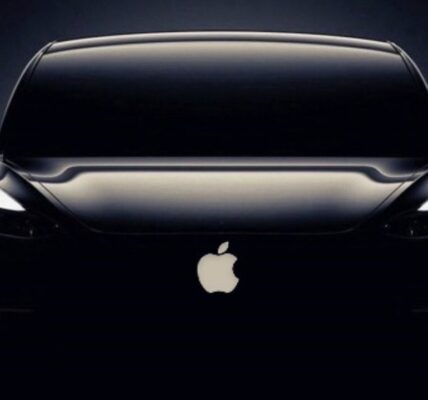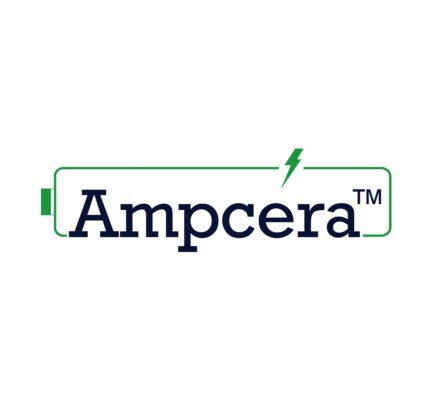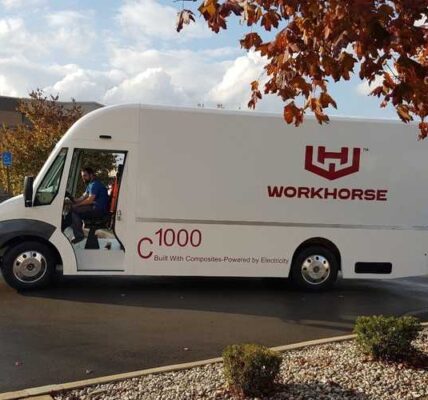The universe of buzzy electric-vehicle stocks is about to get a new entrant: Hyliion, a Texas-based battery-powered heavy-duty truck company founded in 2015. It plans to merge with Tortoise Acquisition Corp., a special-purpose acquisition company, by this fall.
Tortoise’s stock has already climbed nearly 70% since the announcement on June 19. Investors just can’t get enough of EV stocks these days, and SPACs are having a moment of their own. With Hyliion and Tortoise, investors have another way to play the EV trend.
The deal implies an enterprise value of about $1.1 billion for Hyliion. The company expects to have $344 million in sales in 2022, rising to $2.1 billion in 2024. The company’s projections have it earning $8 million in Ebitda, or earnings before interest, taxes, and depreciation, in two years. That grows to $602 million four years from now.
If Hyliion can achieve those forecasts, its valuation today could prove very attractive—even after Tortoise stock’s recent surge. It certainly would be cheap relative to stock in Nikola (NKLA), a highflying maker of heavy-duty electric trucks, but analysts have had a hard time pinning values on all EV stocks lately.
Hyliion, like Nikola, is seeking to disrupt the heavy-duty truck business, but it doesn’t want to build vehicles. It wants to sell its powertrain solutions to existing truck makers. In that way, the company is more analogous to Cummins ( CMI ) than Tesla (TSLA). A Cummins diesel engine, for instance, is available as an option on Paccar’s (PCAR) Peterbilt trucks.
Nikola, on the other hand, plans to make Nikola-branded trucks, as well as build and operate hydrogen filling stations where its fuel-cell powered models can refuel. Nikola became a publicly traded entity through a merger with a SPAC, just as Hyliion is planning to do.
Hyliion has two products, a hybrid drive system for existing diesel- powered trucks, and its Hypertruck ERX, which is an all-electric drive system for heavy-duty trucks. The hybrid system is available for purchase today. Penske Automotive (PAG) and Ryder (R), among others, are customers.
The ERX is slated to begin trials with customers in 2021, with volume production ramping up in 2022. It has a small battery pack that can be charged on board by a natural-gas-fired generator. It is a unique setup that saves truckers weight.
An electric truck designed for long-haul applications without a generator would have to have so many batteries that towing capacity would be compromised. It would simply be too heavy. Logistics companies and their customers would be paying, essentially, to haul batteries across the country. Hyliion believes its ERX will be lighter than existing diesel-powered rigs.
Natural gas is also a cleaner-burning, less carbon-intense fuel than diesel. Hyliion says there are already more than 700 stations in the U.S. that can refuel with natural gas. The same can’t be said about hydrogen-filling stations.
“Renewable natural gas is another megatrend,” said Thomas Healy, Hyliion’s founder and CEO. He’s referring to natural gas that is generated from sources such as landfills, not by taking it out of the ground. Burning it is theoretically “carbon negative” because the carbon dioxide that is released is less damaging to the atmosphere than methane just floating away.
“California believes it needs more natural gas powered vehicles, they have too much renewable natural gas,” Healy said.
By using renewable natural gas, just 335 ERX-powered trucks could eliminate a million metric tons of CO2 over their lifetimes, the company estimates. That certainly could be motivation enough for environmentally minded logistics companies.
But Hyliion also believes that the total cost of owning and operating a truck with an ERX drivetrain will be lower than for conventional diesel-powered trucks available today—even with a higher upfront cost. Tesla has made the same argument about the battery-electric truck it is developing.
There are promising early signs of interest. Agility, a global logistics company based in the Middle East, has a preorder for 1,000 ERX powertrains. Agility is also taking an equity stake in Hyliion, as part of a $325 million private investment in public equity, or PIPE, that will come when Hyliion merges with Tortoise.
It’s priced at $10 per share, well below Tortoise stock’s recent $17, but equal to what IPO investors paid. The proceeds of SPAC IPOs go into a trust until the company completes a merger, when shareholders can ask for their money back or participate in the deal. The value of Tortoise’s trust is $235 million or so, assuming no redemptions.
In another good sign, current Hyliion shareholders aren’t using this as an opportunity to cash out. The full $560 million from Tortoise and PIPE investors will go straight to Hyliion’s balance sheet. After transaction expenses, it will be put to developing the ERX platform and getting it ready for commercialization.
That makes this deal more like a late-stage venture capital investment—one that simultaneously takes the company public—than a traditional private-equity-style buyout of a company that uses a SPAC as the vehicle for the transaction. The cash goes toward funding growth, not into existing owners’ wallets.
“One of the criteria we established early on was that the SPAC was about deploying growth capital,” says Vince Cubbage, CEO of Tortoise Acquisition Corp., which went public in March 2019. “We weren’t going to do a deal where all of our money was going to a seller. We wanted to buy in, not buyout.”
Cubbage will join Hyliion’s board of directors, while Healy will remain CEO. Tortoise and Hyliion plan to close the transaction around the end of the third quarter of this year. The combined company will continue to trade on the New York Stock Exchange, but change its ticker to “HYLN.”
Tortoise stock is up 72% year to date, far better than comparable returns of the S&P 500 and Dow Jones Industrial Average.


